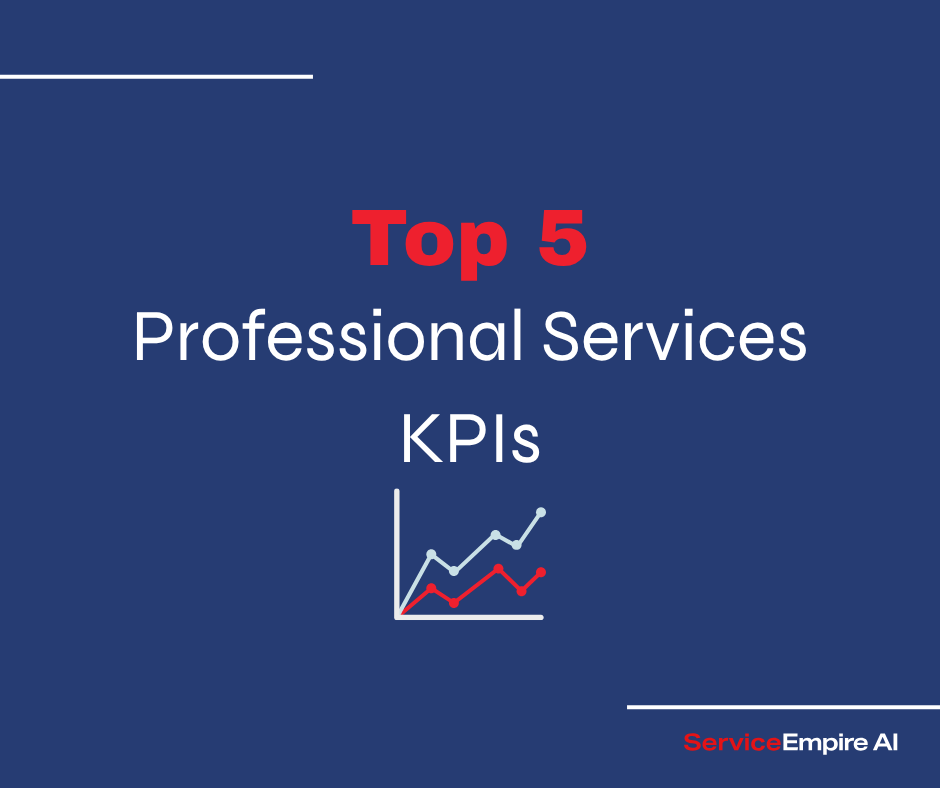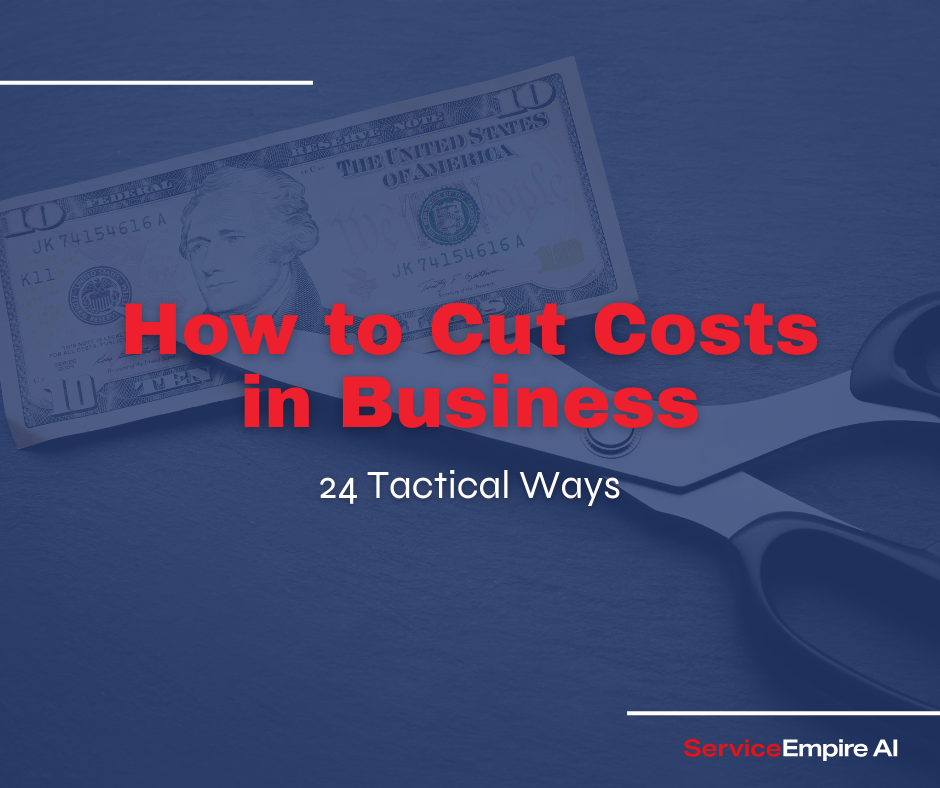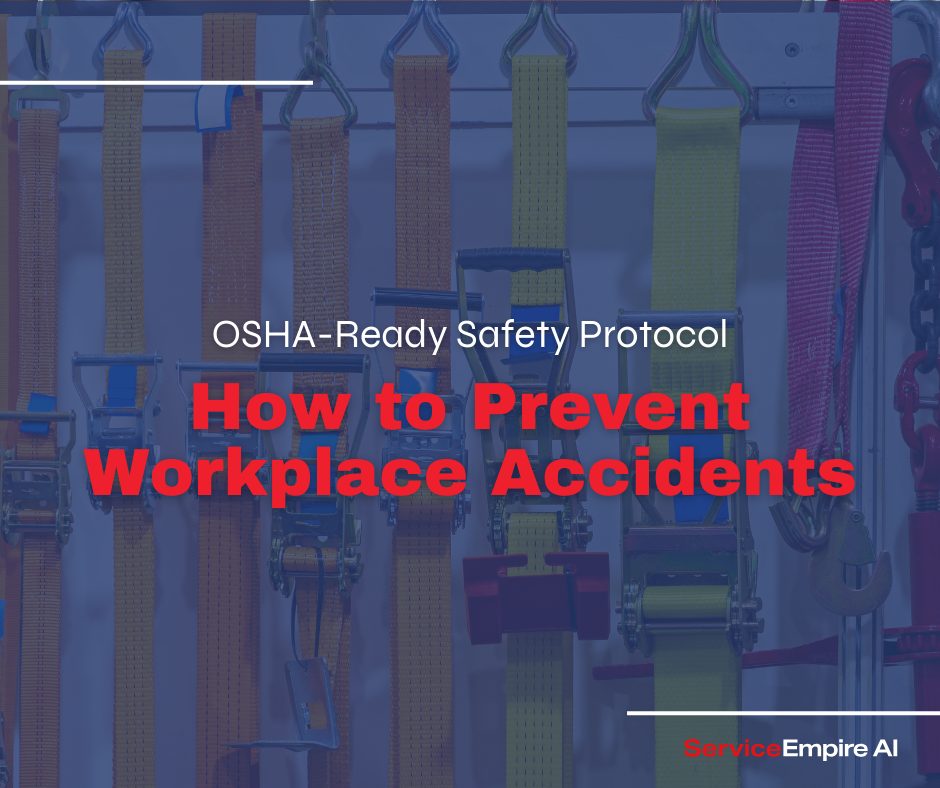
Introduction
You’ve heard the old adage, “What gets measured, gets managed.” Or, “What gets managed, gets improved.”
In this article, we’ll break down
What are KPIs?
KPIs are an abbreviation for Key Performance Indicators.
Usually, KPIs are used in a business context to measure the performance of your business. You can have KPIs for operations, production, sales, marketing, and finance.
You can sort your KPIs by year, by quarter, by month, by week, by day, or even by hour.
Throughout different industries, you might hear leading and lagging indicators, key metrics, analytics, and more. These are all synonymous to KPIs.
However, it is important to note that KPIs are different than rocks, priorities, goals, or OKRs (objectives and key results). Those things – the rocks, priorities, and goals – are designed to improve KPIs. They serve the KPIs.
It’s also worth mentioning that a Profit & Loss Statement (P&L) or Balance Sheet or Statement of Cash Flow are not KPIs. The KPIs might lead to those things, but those documents are financial statements.
Every company wants to have a higher net profit or EBITDA. Every owner wants more cash in the bank. As such, I am not including those metrics in the following KPIs.
Best KPIs for service businesses
The best KPIs for service businesses are
- NPS (Net Promoter Score)
- Average Job Value
- First Response Time
- Revenue from Repeat Customers or Referrals
- DSO (Days Sales Outstanding)
Let’s quickly define these.
NPS - to calculate this, you have to know the definition of promoters, detractors, and neutrals. Promoters are people who rate your service a 9 or 10. Neutrals are people who rate your service a 7 or 8. Detractors are people who rate your service a 6 or below. So, take your % Promoters minus % Detractors. High NPS leads to more referrals.
Average Job Value - to calculate this, you just take your total revenue divided by the number of jobs you completed. If you want to subtract refunds or discounts, you can reduce that from total revenue.
First Response Time - this is pretty self-explanatory. How quickly do you respond to your customers’ first call, text, email, or chat? It is different than Time to Close, which is how fast you resolve the customer issue.
Revenue from Repeat Customers or Referrals - you can combine these two metrics or keep them separate. The first refers to how much revenue comes from customers you've already done business with at least once. The second, Referrals, is how much revenue comes from a new customer who has been referred to you by an existing customer.
DSO - this basically answers the question, how long does it take to get paid? To calculate this, take average accounts receivable divided by total revenue, then take that number and divide it by 365 days.
Secondary KPIs for service businesses
Of course, there are tons of other KPIs you can track at any time in your service business. Other service performance metrics you can track, include numbers like:
- Turnaround time for inventory (bought vs used)
- CAC (cost to acquire a customer)
- EPS (Employee Promoter Score)
- Employee turnover
- # of service calls completed per day
- Closing percentage % for sales
- Revenue per tech or per employee
- Average job time
- Equipment depreciation
- Fuel costs
- Failed SLAs (service level agreements)
These are very straightforward metrics. No need to explain.
Best KPIs for commercial construction businesses
The best KPIs for commercial construction businesses are
- Percentage of job completion (%) to labor hours used
- Closing percentage for sales (%)
- General material spend to revenue
- DSO - days sales outstanding
Secondary KPIs for commercial construction businesses
The secondary KPIs for commercial construction businesses are similar to the secondary ones for service businesses
- EPS (Employee Promoter Score)
- Employee turnover
- Average job time
- Equipment depreciation
- Job order changes
A warning about KPIs
Just because I’ve mentioned all of these KPIs doesn’t mean you have to track them all. Don’t go overboard with numbers. If you’re a numbers person, it’s easy to get caught up in the fun of knowing them without actually doing anything to improve them.
Or, equally dangerous, you might try to track and improve all of them at once. Then your team is running around scrambled, chasing every number and eventually the team comes back exhausted and says to you, “We can’t watch 100 different numbers. Which ones are actually important?”
Go back up to that section of the article about primary KPIs and remember which ones are actually the key drivers, the key performance metrics for your organization. Make sure you and your team focus on those. Improved KPIs should lead to improved profits and more cash in the bank.
Where to track your service performance metrics
Most field service softwares should be able to handle reporting for your KPIs. But some softwares only have pre-built reports or limited functionality when you try to build your own.
With the best softwares on the market, you can literally build service KPIs to your heart’s content. Any report or dashboard you can think of, you can build it.
Happy measuring!






